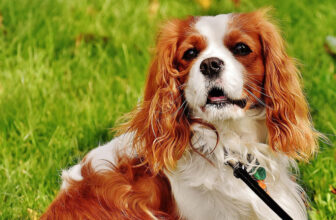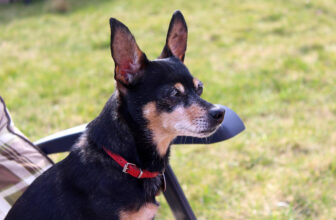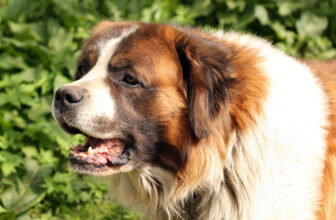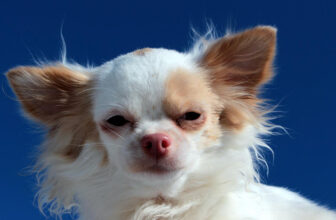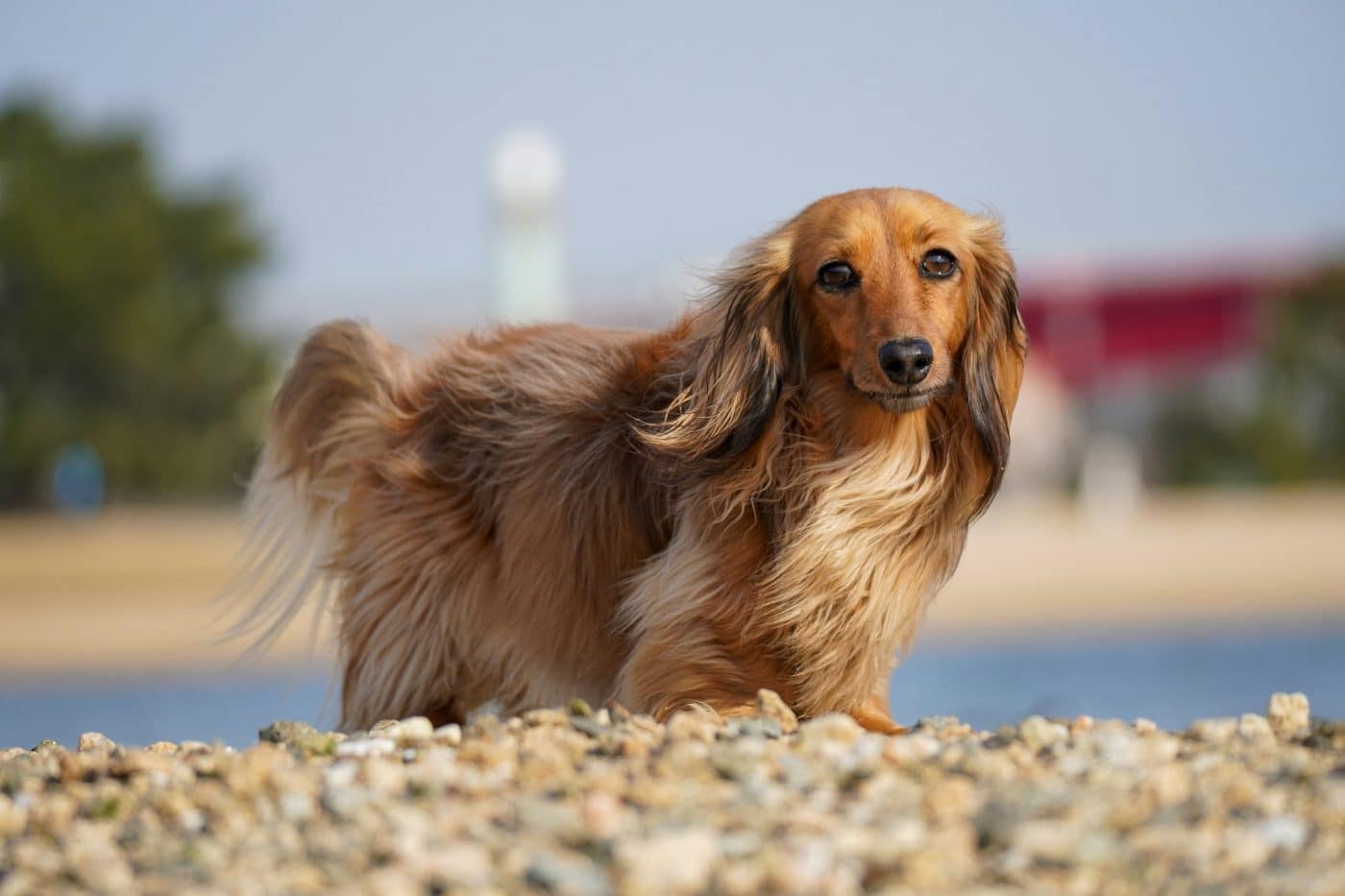
Check out our latest products
Shutterstock
The 1800s weren’t just corsets, candlelit drama, and powdered wigs—dogs were fashion statements too. Among the upper crust, owning the right breed was less about companionship and more about clout. A pampered pup perched on a velvet pillow wasn’t just cute—it was aristocratic branding. The elite carefully selected dogs that matched their refined tastes, choosing breeds that were elegant, rare, loyal, or just plain luxurious. In a world where appearances ruled, these pups were four-legged proof that their humans had an excellent taste—and probably a very fancy parlor.
Cavalier King Charles Spaniel

Shutterstock
With a name that practically screams royalty, the Cavalier King Charles Spaniel was the ultimate lapdog of the upper class in the 1800s. Favored by British nobility and often seen warming the laps of ladies during long carriage rides, this breed was a staple in aristocratic homes. Their soft, flowing coats and soulful eyes made them perfect for portrait sittings and courtly appearances. These Spaniels weren’t just pets; they were essential accessories to the fashionably elite. Any lady without one might as well have shown up to the ball without a fan or a chaperone.
Borzoi
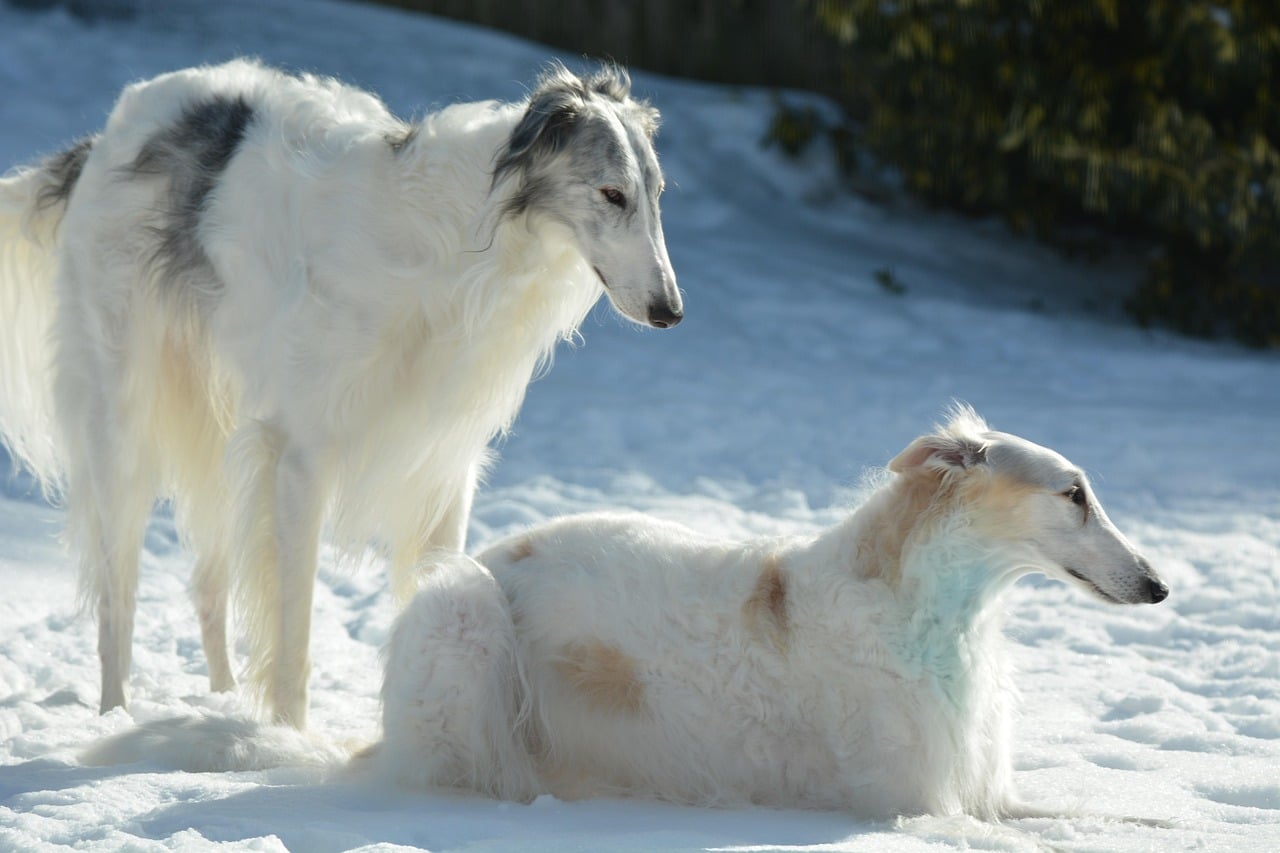
Shutterstock
The Borzoi, or Russian Wolfhound, was the dog of choice for the Russian aristocracy, and their popularity spread throughout Europe in the 19th century. With their long, lean bodies and flowing coats, Borzois were seen as the embodiment of refined elegance. Nobles admired their aloof grace and used them for glamorous hunting parties where style mattered just as much as success. Queen Victoria herself was known to admire them, helping elevate their reputation among English aristocrats. If any dog looked like it was born to wear a fur stole and sip champagne, it was the Borzoi.
Pomeranian
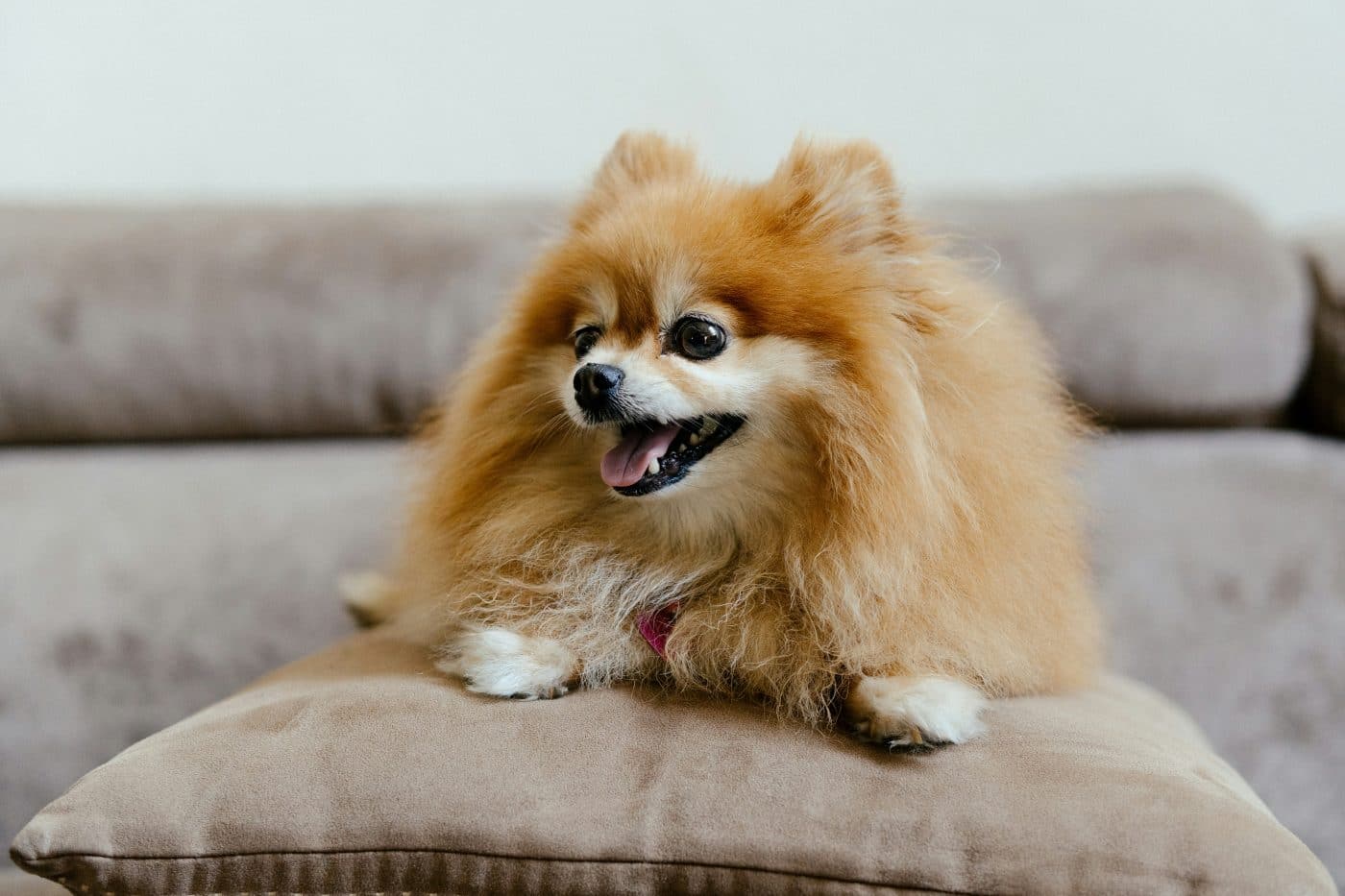
Shutterstock
In the 1800s, Pomeranians experienced a fashionable glow-up thanks to Queen Victoria, who fell in love with a particularly small version of the breed while traveling. Once a working sled dog, the Pom became significantly smaller through selective breeding and transformed into the fuzzy lapdog of choice for aristocrats. Their compact size, luxurious coats, and perky personalities made them ideal companions for royal salons and garden parties. Aristocrats adored showing off their pampered Poms, often dressing them up for social events. Let’s just say these dogs went from pulling sleds to pulling focus in every room.
Maltese
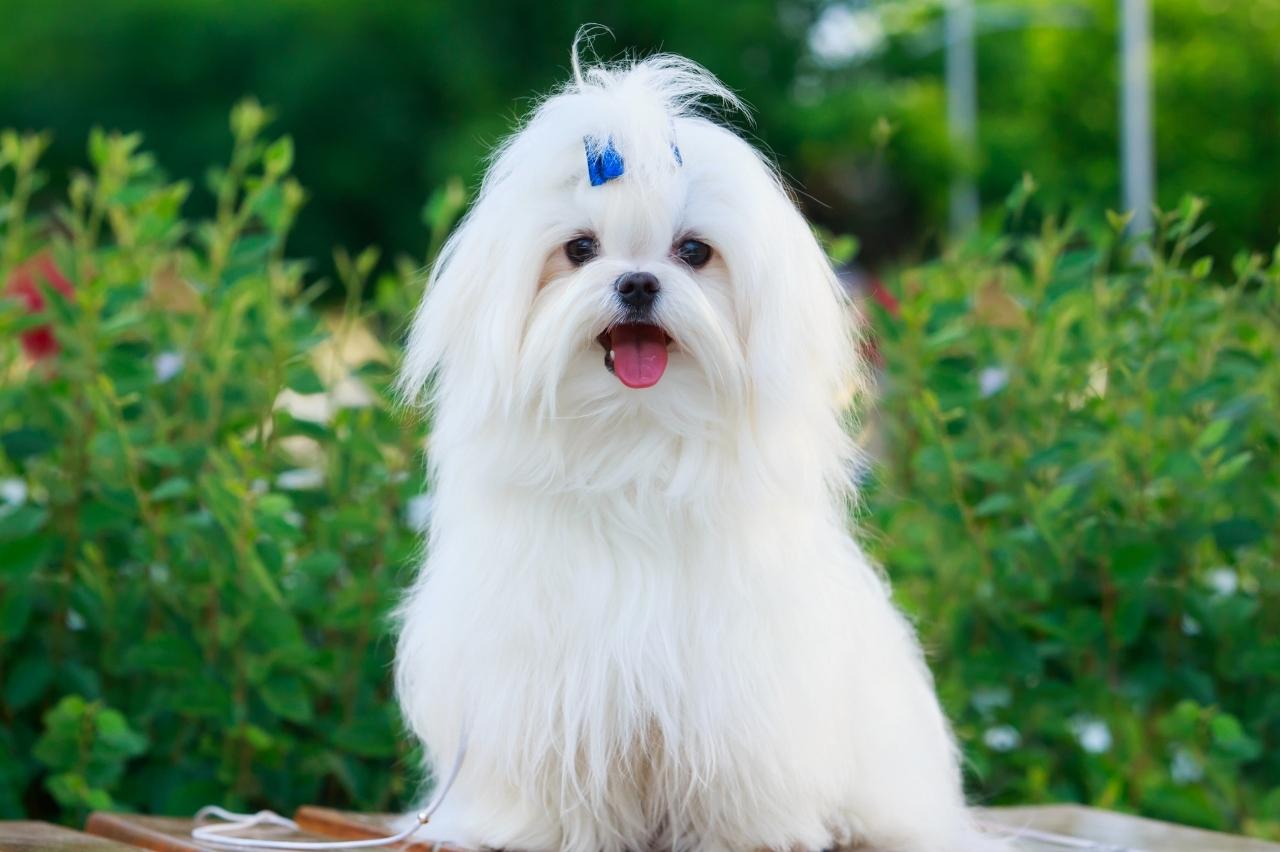
Shutterstock
The Maltese were already a breed of high esteem before the 1800s, but during this time, their popularity soared among European nobles who adored their refined look. With a silky white coat that looked more like flowing silk than fur, the Maltese matched perfectly with the extravagant fashion of the era. These dogs were prized for their gentle nature and ability to sit still for long periods—perfect for lap-warming duties during long gossip sessions. Often seen peeking out of handbags or perched on velvet cushions, the Maltese was the fluffiest fashion statement money could buy. Think of them as the dog version of a pearl necklace.
Greyhound

Shutterstock
Sleek, statuesque, and elegant, Greyhounds were beloved by aristocrats not only for their grace but also for their noble associations. The breed had a long history with royalty, and in the 1800s, owning a Greyhound was a subtle way of broadcasting wealth and refinement. They were the favored breed for country estate life, especially for upper-class hunting parties where form met function. With their streamlined bodies and calm demeanor, Greyhounds exuded class in both the drawing room and the field. Basically, they were the James Bond of dogs—dashing, dignified, and devastatingly cool.
Papillon
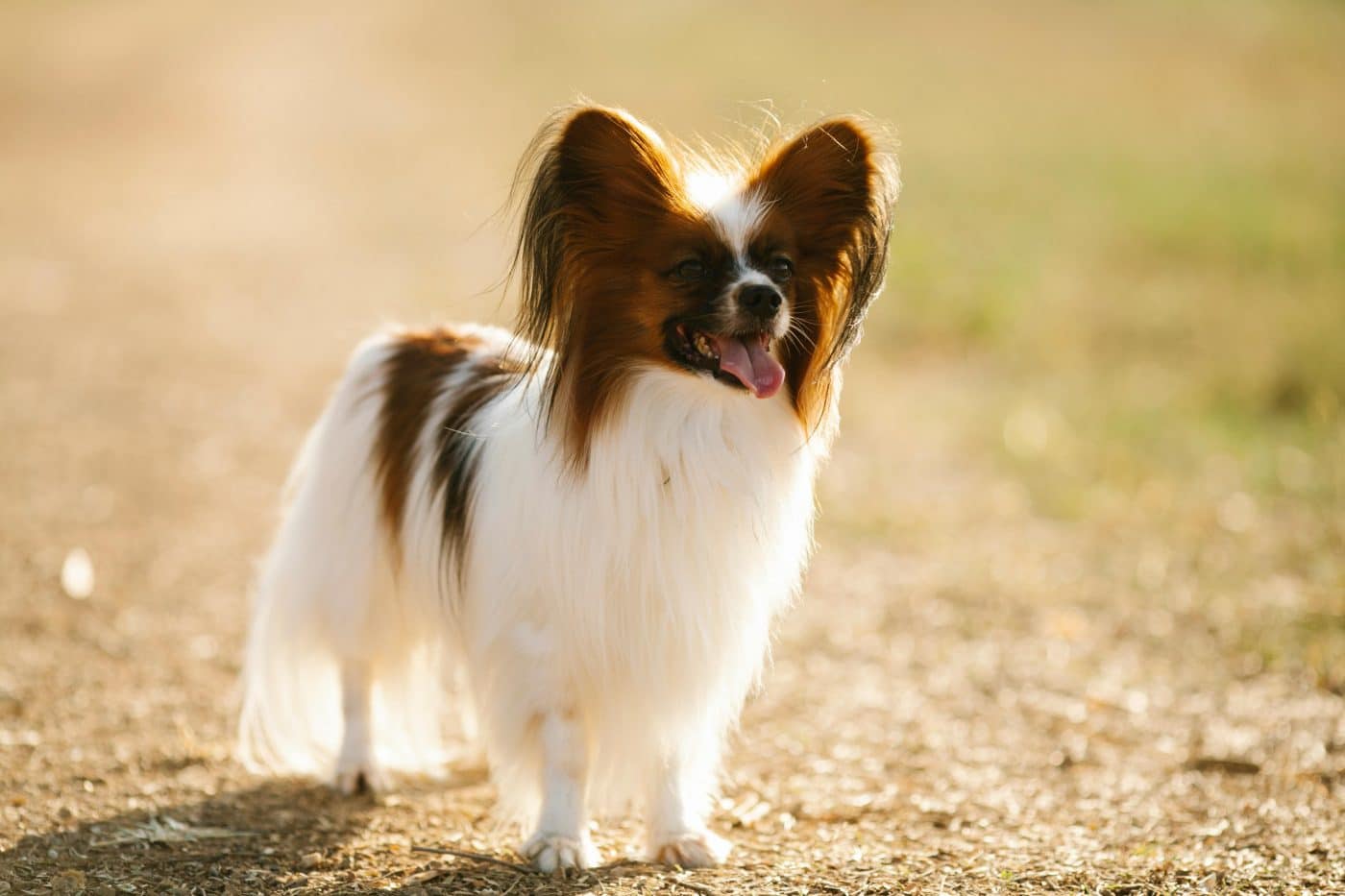
Shutterstock
The Papillon’s butterfly-shaped ears and dainty frame made it a favorite among European aristocrats who valued beauty, delicacy, and a touch of eccentric flair. This breed appeared frequently in aristocratic portraits throughout the 1800s, often alongside lace gloves, silk gowns, and smug expressions. These dogs were bred to be charming companions, and they delivered with a cheerful spirit and perfect poise. They were often gifted among noble families as a symbol of friendship and high taste. Papillons didn’t just walk—they pranced, preferably across Persian rugs in sunlit drawing rooms.
Scottish Terrier
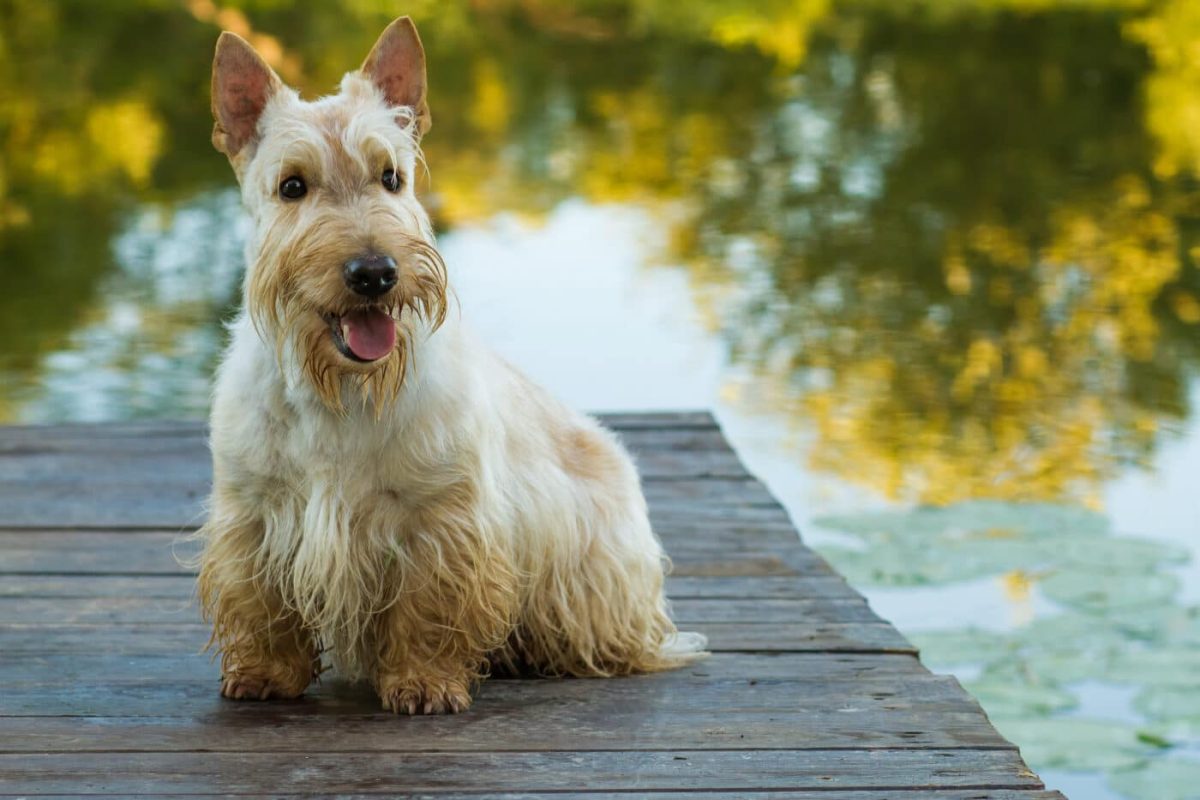
Shutterstock
In Victorian times, the Scottish Terrier was an emblem of rugged nobility—a little dog with big aristocratic energy. While they might’ve looked tough, their loyalty, bravery, and dignified manner won the hearts of nobles across Britain. Their compact stature and impressive beard gave them a serious, no-nonsense appearance that appealed to lords and ladies alike. They were favored for country homes, where they added charm to hunting parties and afternoon teas. If the butler had a favorite dog, it was probably the Scottish Terrier guarding the hearth with Churchillian resolve.
Italian Greyhound

Shutterstock
A smaller and even more elegant version of the classic Greyhound, the Italian Greyhound was the darling of European salons in the 1800s. These little charmers were often seen in the laps of aristocratic ladies, draped in lace, and stealing the show during parlor games. Their delicate bones and graceful movements made them ideal companions for indoor life. Aristocrats loved how effortlessly they complemented the luxurious interiors of their estates. This was the dog for someone who wanted grace without the muddy paws—pure decorative excellence.
Lhasa Apso
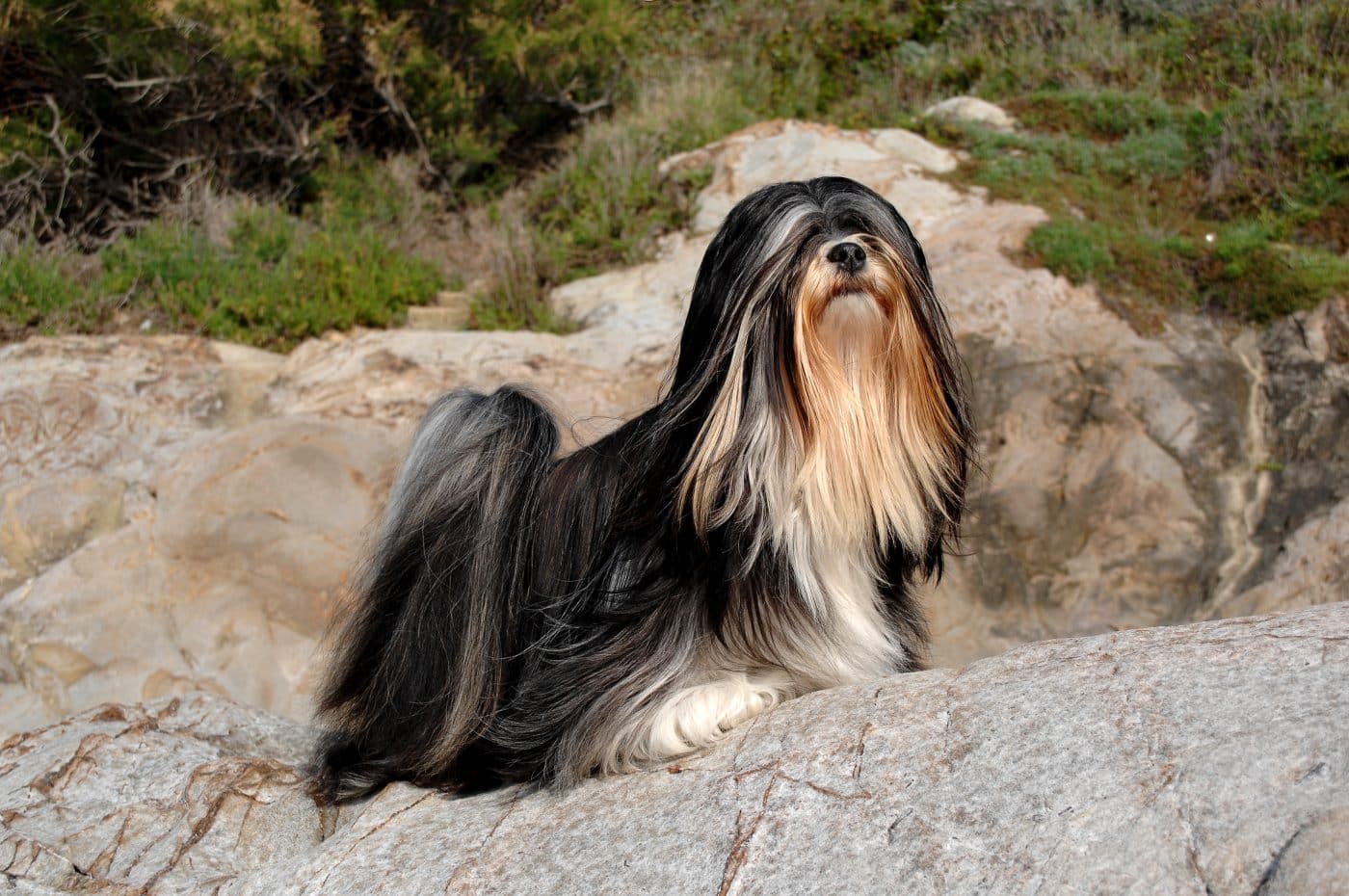
Shutterstock
Originally hailing from the palaces and monasteries of Tibet, the Lhasa Apso made its way into aristocratic circles in the 1800s, where it was immediately adored for its mystical charm and opulent appearance. With a luxurious floor-length coat and an expression that suggested it knew ancient secrets (and maybe a few scandals), the Lhasa Apso fit perfectly into the lavish lifestyles of European elites. These dogs were often gifted among royals and nobles as exotic symbols of status and spiritual luck. Their dignified demeanor and lion-like presence earned them spots on tufted pillows and in heavily gilded frames. Let’s be honest—any dog that looks like it belongs on a throne probably did at some point.
Bichon Frise
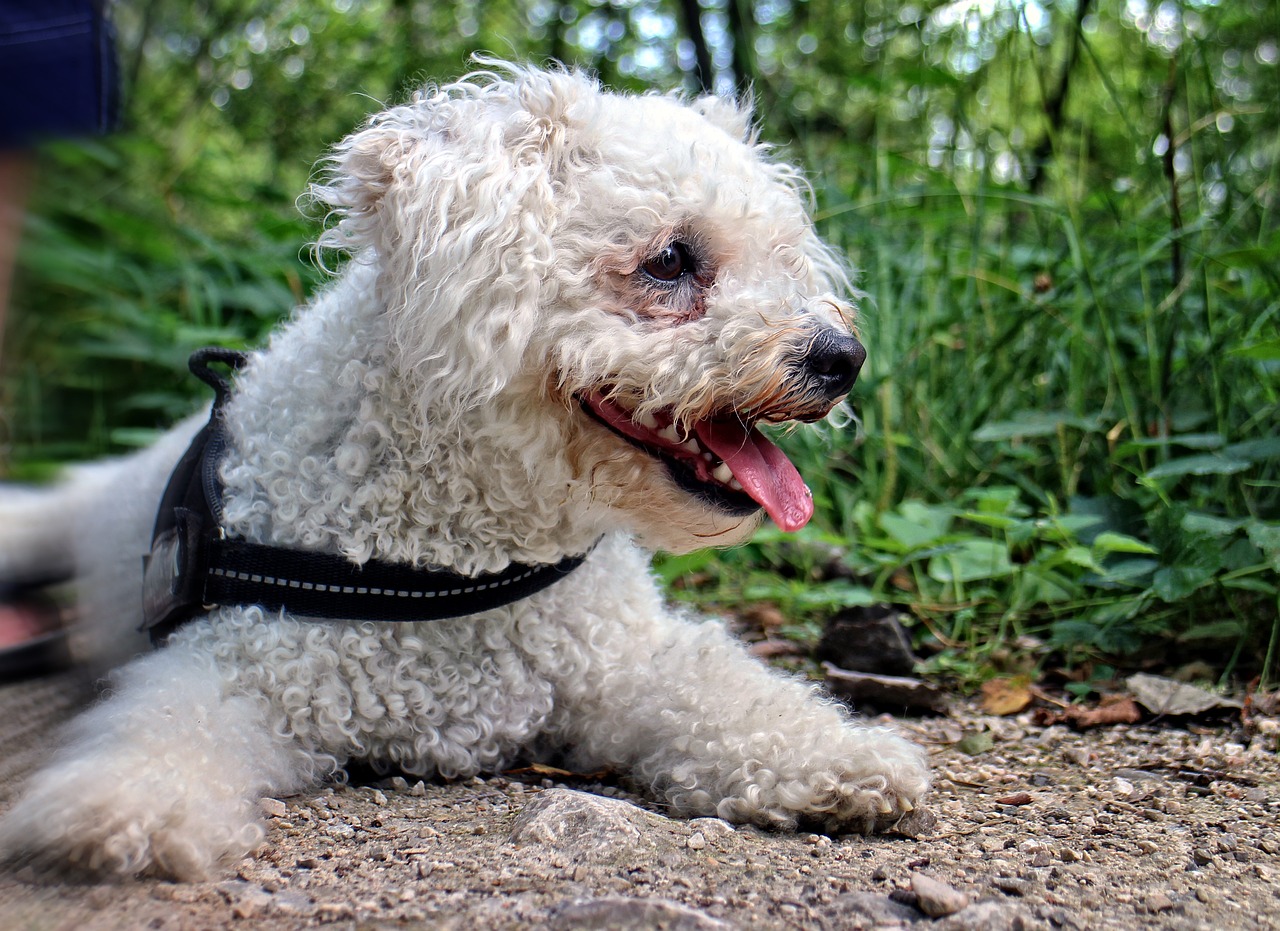
Shutterstock
With a name that practically means “fancy fluff,” the Bichon Frise has been a fashionable favorite for centuries, and in the 1800s, it was still going strong. These cheerful, cloud-like companions were adored by French and Spanish aristocracy for their elegance and pleasant disposition. Their white, curly coats matched well with the powdered wigs and pastel interiors of the period. The Bichon was often perfumed, pampered, and styled to match its owner’s wardrobe. This dog didn’t just live in luxury—it was the luxury.
Dachshund
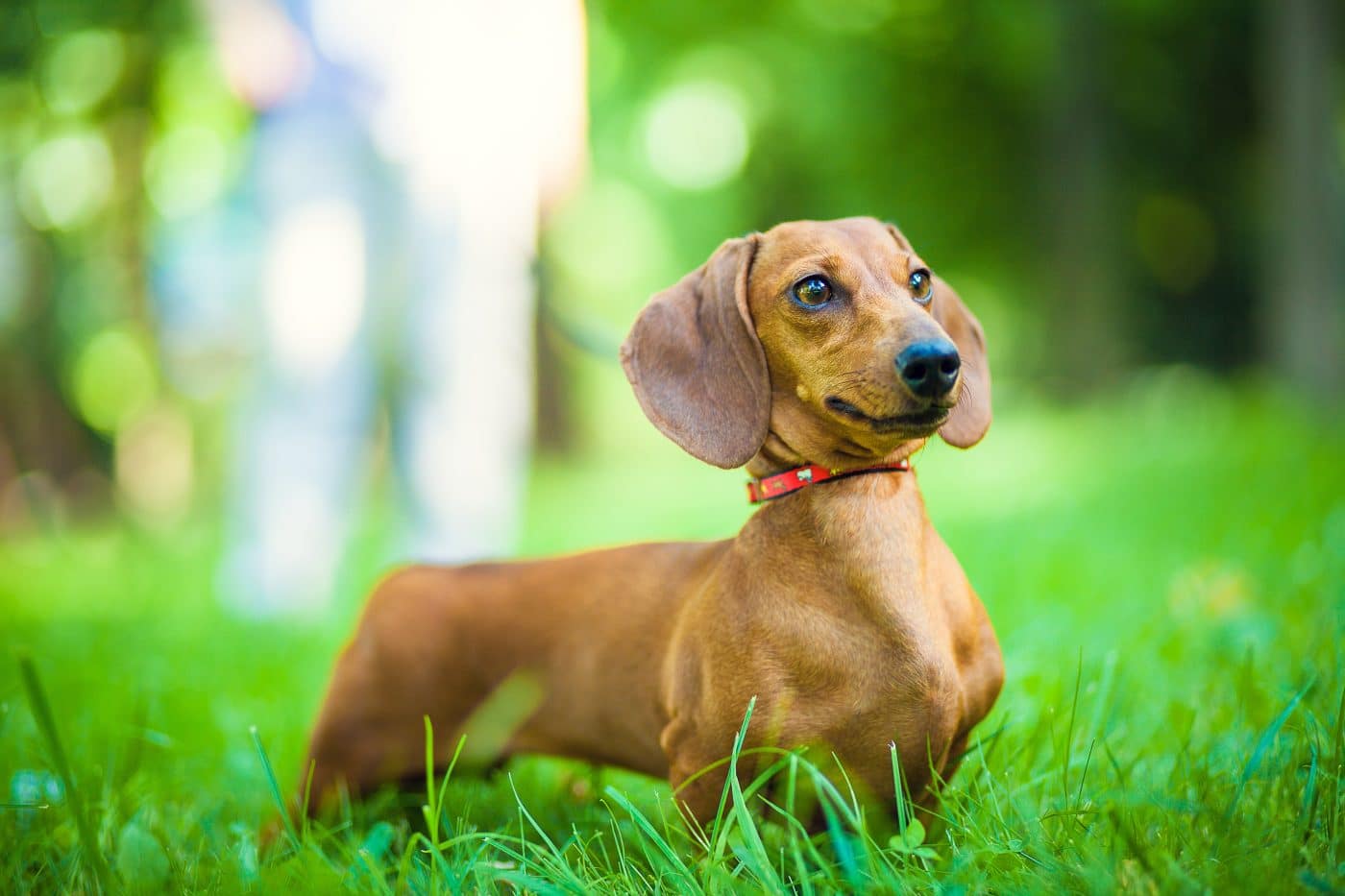
Shutterstock
Though originally bred for hunting, the Dachshund became a surprising aristocratic favorite in 19th-century Germany. Nobles found their unique look—long body, short legs—endearingly quirky, and their bold personalities added flair to any estate. These sausage-shaped charmers were often kept indoors as companions and conversation starters. They proved that fashionable didn’t always have to mean fluffy or dainty—sometimes, it meant daring and full of attitude. Dachshunds were like the eccentrics of the aristocratic dog world—always stylish, always dramatic, and never boring.
The Bark Side of High Society

Shutterstock
These breeds reigned over the 1800s like the regal, four-legged icons they were. Whether napping on silk cushions or posing stoically in oil portraits, they weren’t just pets—they were living luxuries and social statements. Fluffier than their owners’ wigs and twice as dignified, these dogs embodied aristocratic elegance. So if your pup strikes a dramatic pose or lounges like royalty, don’t be surprised—they may be channeling their inner 19th-century noble. Now if you’ll excuse us, we have velvet dog coats to embroider and tea to sip—paws and pinkies up







![[5G & 2.4G] 2K Indoor Security Camera for Home Security, AI Voice Change for 2-Way Talk, Motion Detection, Night Vision, 24/7 SD Recording/Cloud Storage, WiFi Home Camera, Pet Cam with Phone App](https://i3.wp.com/m.media-amazon.com/images/I/61I2U+sTT3L._AC_SL1500_.jpg?w=300&resize=300,300&ssl=1)



